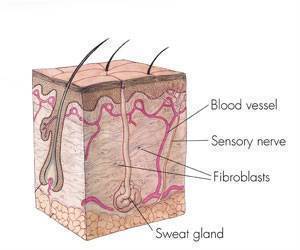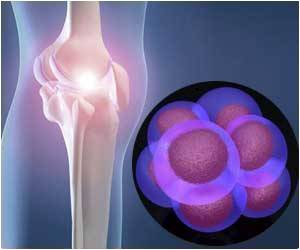Researchers have reported on the regenerative process that enables rats to re-grow their bladders within eight weeks in a new study.

"A better understanding of the regenerative process at the molecular and cellular level is a key to more rapid progress in applying regenerative medicine to help patients," George Christ, senior researcher of the study, said.
In a previous study by Christ's team, research in rats showed that when about 75 percent of the animals' bladders were removed, they were able to regenerate a complete functional bladder within eight weeks. The current study focused on how the regeneration occurs.
"There is very little data on the mechanisms involved in organ regeneration in mammals," Christ said.
"To our knowledge, bladder regeneration holds a unique position - there is no other mammalian organ capable of this type of regeneration," he said.
The ability of the liver to grow in size when lobes are removed is sometimes referred to as regeneration, but this is a misnomer, said co-author Bryon Petersen.
Advertisements
"If we can understand the bladder's regenerative process, the hope is that we can prompt the regeneration of other organs and tissues where structure is important - from the intestine and spinal cord to the heart," Petersen said.
Advertisements
As the proliferative activity in the bladder lining waned, it continued elsewhere: in the fibrous band (lamina propria) that separates the bladder lining from the bladder muscles and in the bladder muscle itself.
The researchers have several theories about how the process works, said Christ.
One possibility is that cells in the bladder lining transition and become a type of stem cell that can proliferate throughout the bladder. Other theories are that cells in the bladder lining signal other cells to replicate and that injury prompts stem cells to arrive through the blood stream to repair the bladder damage.
The study has been published in PLOS ONE.
Source-ANI













